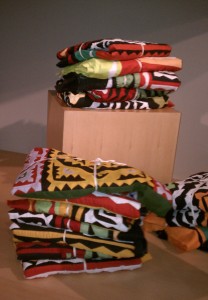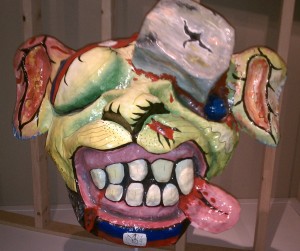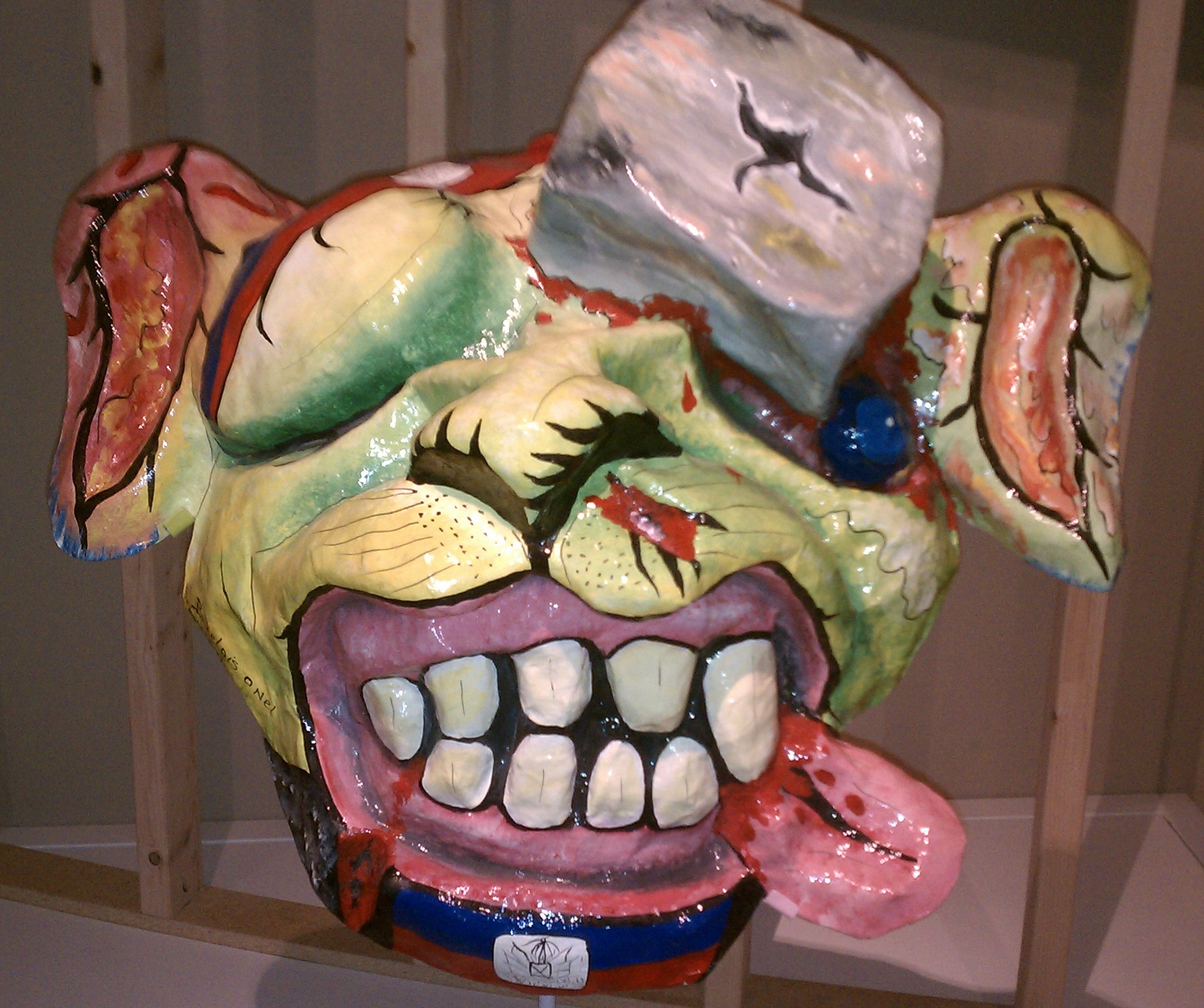
I’m currently in Santa Fe, New Mexico and this weekend I stopped in at a favorite place of mine here, the Museum of International Folk Art. A current exhibit, “The Arts of Survival: Folk Expression in the Face of Disaster,” had caught my eye and I wanted to check it out.
The small, but well done exhibit featured artists from Haiti, Pakistan, Indonesia and New Orleans. It was the second in the museum’s Gallery of Conscience, a space dedicated to exploring contemporary social justice issues facing folk artists in the 21st century. People viewing the exhibit could pick up a flyer featuring organizations like GlobalGiving and Aid to Artisans where they could donate.
While I still don’t fully understand the differentiation between a “real” artist and a “folk artist” (are we sure it’s not skin color and level of poverty?), both were included. The exhibit was nonetheless a great reminder of the resiliency of the human spirit in the face of tragedy, and of the will to rebuild when life as we know it is no longer recognizable—a story, I believe, that can never be told enough.

***
Related Posts


Lovely!
the true sense of beauty? are beautiful and colorful. They are cluster of patchwork and or embroidery. Used also as bed linen Sindhi ralli is made with multicolored pieces of cloth stitched together in attractive designs. The color combinations and unique patterns speak for the aesthetic sense of its creator. The designs vary from floral motifs, waves and images of animals or trees. Many handicrafts of great beauty like cushion covers, embroidered shirts; wall hangers and mirror worked handbags are also made in ralli style mainly in Umarkot and Tharparkar area of Sindh traditional homemade products crafted by the rural feminina of Sindh in Pakistan.